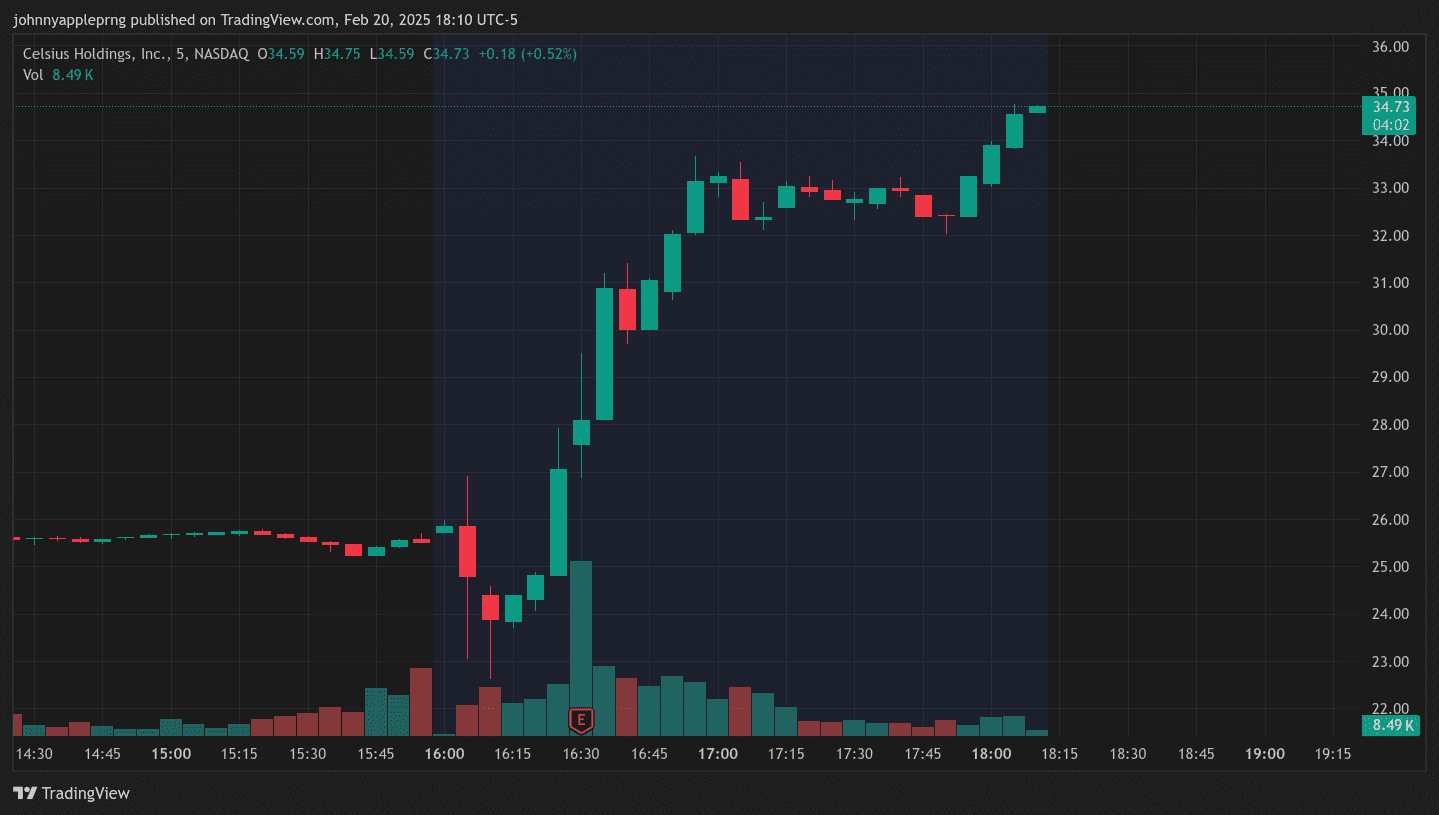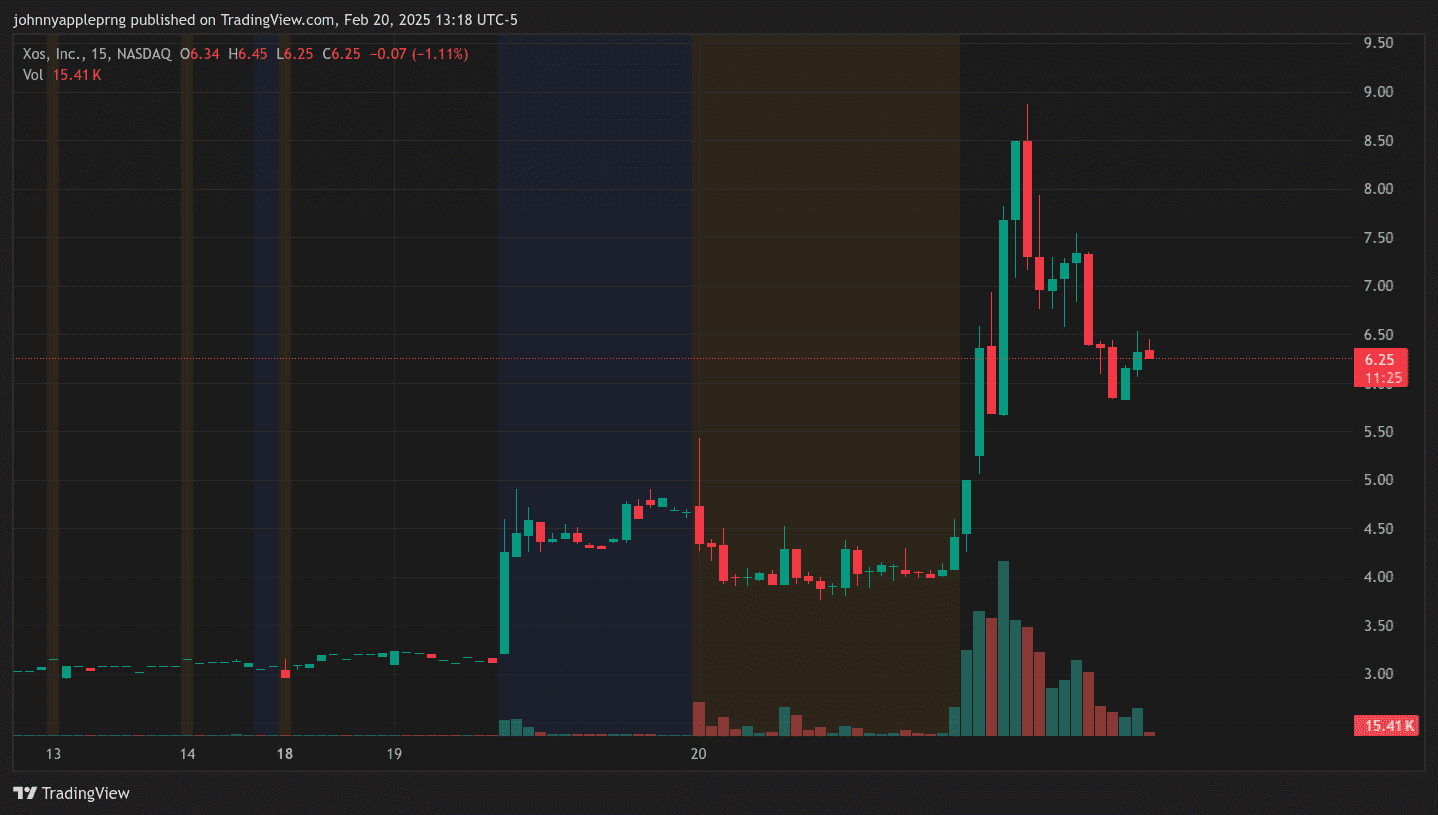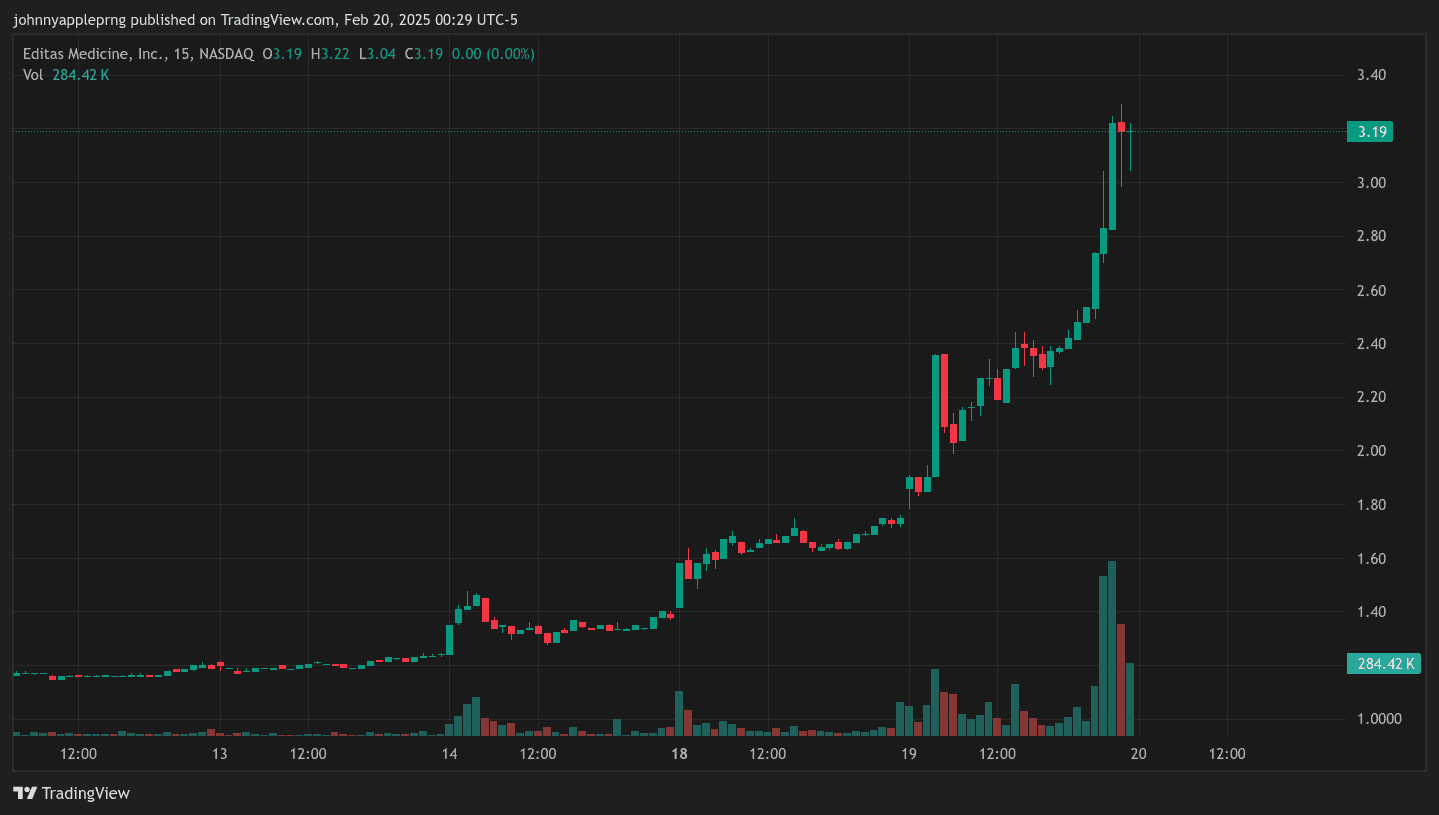Airline and transportation stocks are taking a beating on Wall Street, and the reasons go far beyond a bad trading day. With economic uncertainty rising, new trade tariffs taking shape, and fresh concerns about another potential viral outbreak, the travel sector is facing a perfect storm of risks.
The Dow Jones Transportation Index, a key indicator of economic health, just suffered its worst daily decline since December, dropping more than 2.6%. Major transportation and airline stocks saw even steeper losses:
- Old Dominion (ODFL.O): -8.5%
- Avis Budget (CAR.O): -7.2%
- Alaska Air Group (ALK.N): -6.9%
- United Airlines (UAL.O): -6.4%
- Delta Air Lines (DAL.N): -5.9%
- FedEx (FDX.N): -5.3%
While investors are reacting to weak economic data and tariff concerns, another potential issue is emerging—a newly discovered bat coronavirus that could infect humans, raising fresh fears about global health risks. While it’s far too early to panic, the memory of how the COVID-19 pandemic disrupted the airline industry is still fresh in investors’ minds.
Given these developments, it may be time to take a hard look at travel and airline stocks and consider whether divesting now could protect your portfolio from future turbulence.
The Economic and Market Pressures on Transport Stocks
Transportation stocks are often considered a barometer of economic health. When demand for shipping, air travel, and logistics declines, it can signal trouble ahead for the broader economy.
Several factors are currently weighing on the sector:
1. The Threat of Tariffs and Trade Disruptions
Tariffs have returned to center stage as the U.S. government moves forward with new trade restrictions. Recent developments include:
- 10% tariffs on Chinese imports—raising costs for goods and impacting trade volume.
- 25% steel and aluminum tariffs—affecting industries reliant on global materials.
- Potential 25% auto tariffs—which could disrupt the supply chain for major car manufacturers.
For the transportation industry, these tariffs could have major consequences. Higher costs for imported goods can lead to lower consumer spending, reducing the demand for shipping and logistics. At the same time, international freight volumes could decline as businesses adjust to new trade barriers.
“When one is to contemplate the impact of what will be shipped from other countries to the United States if, in fact, the new administration moves forward with tariffs, there might be a decrease of international deliveries and perhaps an increase of domestic delivery,” said Art Hogan, chief market strategist at B Riley Wealth.
2. Consumer Sentiment and Economic Slowdown
Economic indicators are flashing warning signs. U.S. business activity has fallen to a 17-month low, and consumer sentiment has dropped to its weakest level in 15 months. These trends suggest that economic growth is slowing, which could directly impact travel demand.
The airline industry is highly sensitive to consumer spending patterns. When economic uncertainty rises, people cut back on discretionary spending—starting with travel.
Retail giant Walmart (WMT.N) recently issued a cautious outlook, citing an “uncertain geopolitical landscape” as a reason for concern. If large corporations are worried about the economic climate, travel-heavy industries like airlines and car rentals should take notice.
3. A New Viral Threat: Is History Repeating Itself?
Adding to the uncertainty, scientists in China have identified a new bat coronavirus capable of infecting humans. While there’s no indication that this virus poses an immediate threat, it shares concerning similarities with COVID-19:
- It binds to the human ACE2 receptor—the same pathway used by SARS-CoV-2, the virus that caused COVID-19.
- It belongs to the merbecovirus subgenus—which includes the virus responsible for Middle East Respiratory Syndrome (MERS).
- It was discovered in bats—which were also linked to the origins of COVID-19.
Should this virus—or any similar emerging pathogen—spread beyond animal hosts, governments could react with heightened caution, implementing travel restrictions or tightening health regulations for global air travel. Even the perception of a pandemic risk could cause airline stocks to slump, as investors recall the catastrophic losses suffered by the sector during the COVID-19 outbreak.
Potential Scenarios for the Travel Industry
Given these challenges, what could happen next? Here are three potential scenarios:
Scenario 1: A Market Rebound with Short-Term Volatility
If tariff negotiations stabilize, consumer sentiment recovers, and the new coronavirus does not develop into a major health crisis, airline and travel stocks could recover. However, short-term volatility may persist as investors react to new economic data and geopolitical events.
Scenario 2: A Prolonged Slowdown for Airlines and Transportation
If tariffs disrupt global trade, consumer spending weakens, and businesses cut back on travel, airlines could face a prolonged period of declining revenues. In this scenario, investors might favor safer, less cyclical sectors over travel-related stocks.
Scenario 3: A New Health Crisis Triggers Travel Restrictions
While no pandemic is currently in sight, a worst-case scenario would involve the newly discovered coronavirus or another emerging pathogen leading to travel bans, flight restrictions, and decreased consumer confidence in air travel. This would cause airline stocks to plunge once again, similar to the COVID-19 market crash.
Is Now the Time to Exit Travel and Airline Stocks?
The risks facing airline and travel stocks are not just short-term fluctuations—they represent deeper economic and geopolitical challenges. Tariffs, economic weakness, and the potential for another health crisis all pose significant downside risks.
For investors looking to reduce exposure to volatility, divesting from travel stocks now could be a prudent move. The industry remains highly leveraged, sensitive to external shocks, and vulnerable to shifts in global trade and consumer behavior.
Whether or not the worst-case scenarios materialize, one thing is clear: the road ahead for airline and travel stocks looks anything but smooth.





